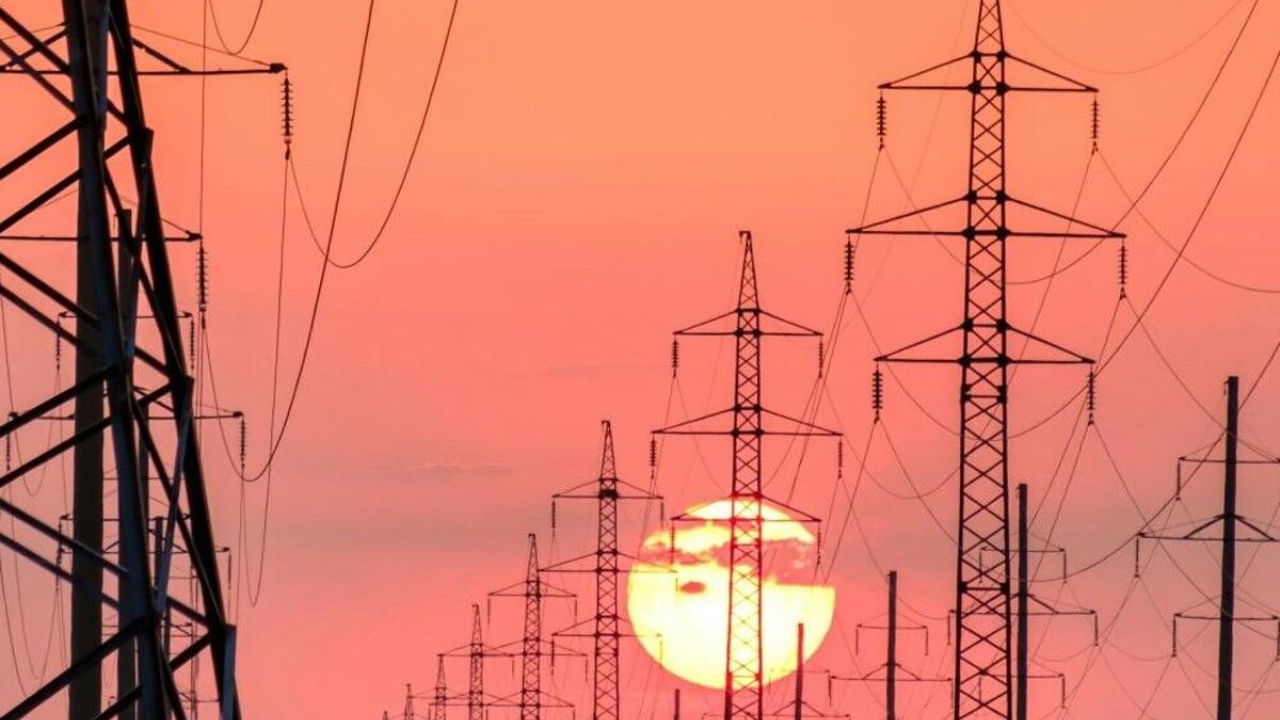Race Day Live A new report from the Louisiana Legislative Auditor’s Office shows that residents in Louisiana pay more for electricity while dealing with one of the least reliable power grids in the country.
The findings, outlined in the report titled Louisiana’s Electric Profile, reveal several challenges in the state’s energy system, including inefficiency, overreliance on natural gas, and frequent power outages.
Louisiana households face electricity bills that are higher than the national average. The report notes that in 2023, the state’s average monthly residential bill was $143, compared to the national average of $137.
Despite claims of low retail electricity rates, the high bills are driven by inefficiency and high energy consumption, not lower rates.
The state also has one of the most unreliable electric grids in the nation. From 2013 to 2023, the frequency and duration of power outages increased significantly.
Even when excluding storm-related outages, Louisiana saw a 14.3% rise in outage frequency and a 50% jump in the average duration of outages.
By 2023, the average duration of outages, including storm-related ones, reached nearly 10 hours, up from 5.5 hours in 2013.
The Public Service Commission, responsible for regulating most utility companies in Louisiana, contributed data for the audit.
However, municipally-owned utilities, which fall outside the commission’s oversight, were also included in the report.
The document provides a comprehensive look at Louisiana’s energy challenges without delving into overly technical details.
Louisiana’s reliance on natural gas is a significant factor affecting its energy profile. As of 2023, 72% of the state’s electricity came from natural gas, with 20% from nuclear, 5% from coal, and the remaining 3% from renewables and petroleum.
This heavy dependence on natural gas makes the grid vulnerable during extreme weather.
The report also highlights the disparity between energy consumption and billing. Louisiana residents use more electricity per capita than any other state, largely due to hot summers and older, less energy-efficient homes.
This high consumption offsets the benefits of having lower retail electricity rates, resulting in higher bills.
Industrial users consume 42% of the state’s electricity but account for less than 1% of the customer base.
Many industrial facilities have on-site generators, allowing them to bypass some of the inefficiencies and outages that affect residential and commercial sectors.
Entergy Louisiana, one of the state’s largest utility companies, acknowledged the challenges posed by Louisiana’s geography and climate.
Factors like marshy terrain, dense vegetation, frequent thunderstorms, and intense lightning all contribute to grid instability.
The company pointed to its $2 billion investment in grid hardening measures, which have shown success during recent storms like Hurricane Francine.
The audit suggests several steps to improve Louisiana’s energy situation, including building new transmission lines, adopting renewable energy sources, and decentralizing power generation through initiatives like community solar gardens.
The report also emphasizes the need for regulatory improvements, such as addressing staff shortages at the Public Service Commission and requiring commissioners to have relevant experience.
Read More:
- Arkansas Supreme Court Justices Challenge Chief Justice Karen Baker’s Leadership!
- Macy’s Shutting Down 150 Underperforming Stores, 66 Locations Confirmed with 2 in Ohio
In recent years, utility companies have started diversifying their energy portfolios. Solar energy generation has increased sevenfold from 2020 to 2023, and plans for further renewable energy projects are underway.
Entergy Louisiana has received approval to add 3 gigawatts of solar power, while SWEPCO is working on wind and solar projects.
The audit concludes that Louisiana’s energy challenges stem from a mix of environmental, regulatory, and systemic issues.
While the Public Service Commission has introduced a statewide energy efficiency program set to begin in 2026, much work remains to lower costs, improve grid reliability, and make energy more sustainable for Louisiana residents.
Disclaimer- Our team has thoroughly fact-checked this article to ensure its accuracy and maintain its credibility. We are committed to providing honest and reliable content for our readers.

